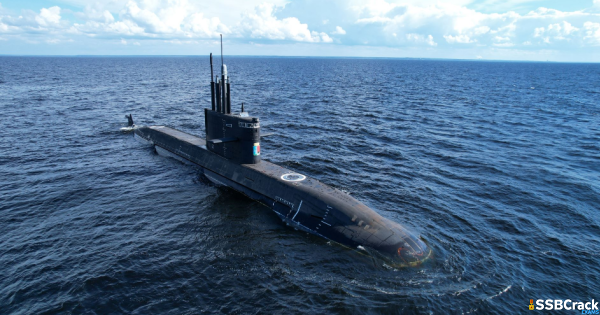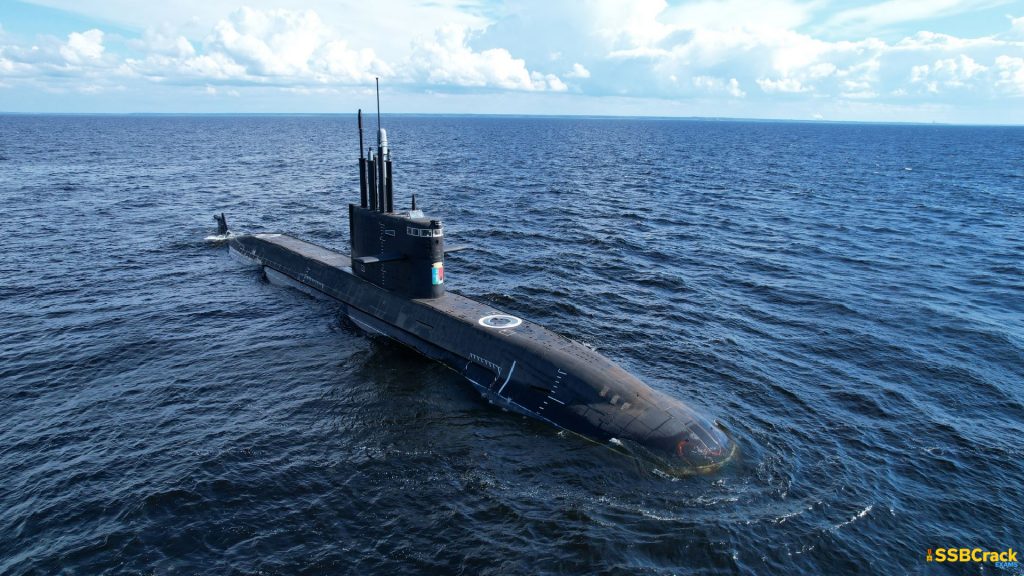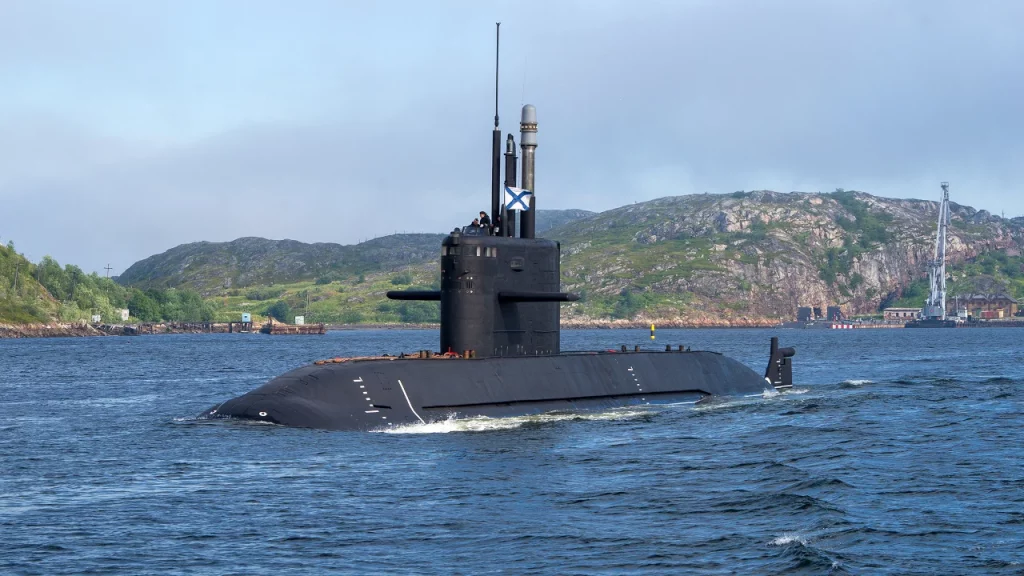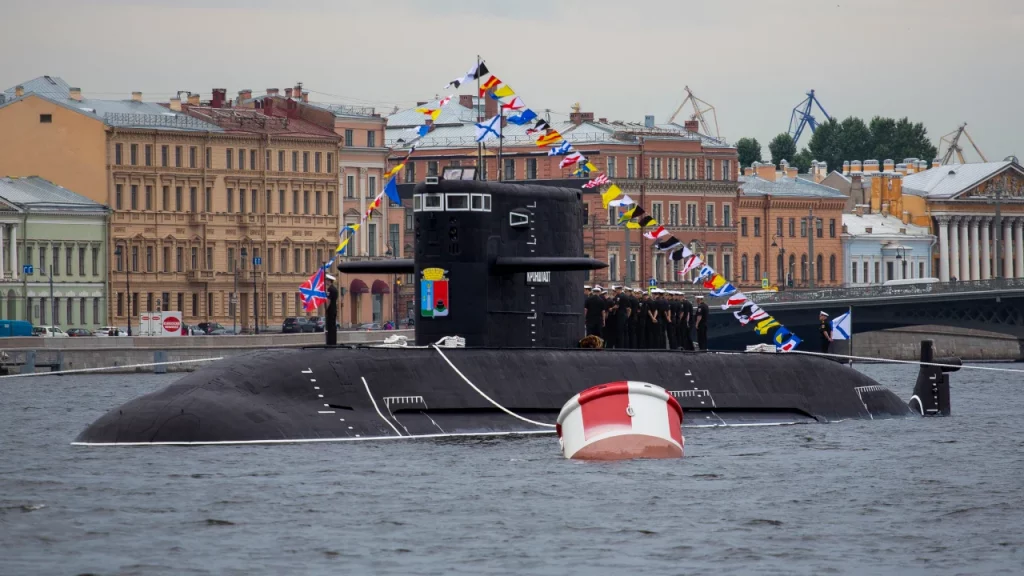Russia has offered to collaborate with India on the development of a non-nuclear submarine based on the Russian Amur-1650 diesel-electric submarine, with a level of production localization of up to 80%. Vladimir Drozhzhov, Deputy Director of Russia’s Federal Service for Military-Technical Cooperation, spoke with Sputnik during the Aero India 2023 exhibition in Bengaluru, Karnataka.
Significance as the official said
Under the Project-75 (I) program, India issued a request for proposal to five foreign contenders in 2021 for the construction of six submarines with advanced capabilities for the Indian navy. Drozhzhov claims that the Russian side informed India that it would not participate in this tender.
Also read: What Is Project 75-A (Indian Navy Submarine)?
“However, in addition to this, we offer our Indian partners a variant of cooperation on this topic, including the joint design and production of a national non-nuclear submarine under the 75 (I) program under an intergovernmental agreement,” the Russian official said. “Given our previous experience working with the Indian side on other naval projects, we believe that localization of production during the program implementation for the construction of Project-75 (I) submarines based on the Russian platform Amur-1650 can be increased to 70-80%,” Drozhzhov explained that, as an air-independent propulsion unit, the Indian side is offered both Russian and Indian engines, as well as a joint Russian-Indian engine.
Amur Class Submarines
The Amur-class submarine is one of Russia’s most recent submarine designs. It is billed as an export version of the Lada class submarine, a modernized version of the Kilo-class submarine with improved acoustic stealth, new combat systems, and the option of air-independent propulsion (AIP). The new submarines are the fourth generation of the Kilo submarine family, and two models have been developed. Amur class submarines are the fourth generation, with improved acoustic stealth, new combat systems, and the option of installing an anaerobic air-independent power plant.
Also read: Complete List Of Submarines Operated By Indian Navy
The Amur-1650 project calls for the development of a submarine with a diving depth of up to 300 meters (984 feet), a top speed of up to 22 knots, a 45-day endurance, and a crew of 35 people. The submarine is capable of carrying Kalibr or BrahMos missiles, as well as torpedoes and mines. The Amur-1650 is larger and designed for longer missions. The Amur-950 is outfitted with a VLS missile system capable of firing salvos at multiple predetermined targets.
Also read: World’s Top 5 Biggest Submarines
These submarines’ sonar signatures are several times lower than those of the older Kilo-class submarines. Both designs are outfitted with electronic warfare armament of the most recent generation, developed using cutting-edge science and technology. They can be outfitted with AIP fuel cells, which improves submerged endurance and range significantly. AIP capability can be incorporated into a hull extension plug during new boat construction or as a refit to existing boats. According to the manufacturer, these vessels can operate in all areas of the world except those with solid ice cover, in all weather conditions, and in shallow water.
To crack the SSB Interview, You can join our SSB interview live classes batch and we recommend you to Enroll SSB INTERVIEW ONLINE COURSE. Trusted by thousands of defence aspirants.

























